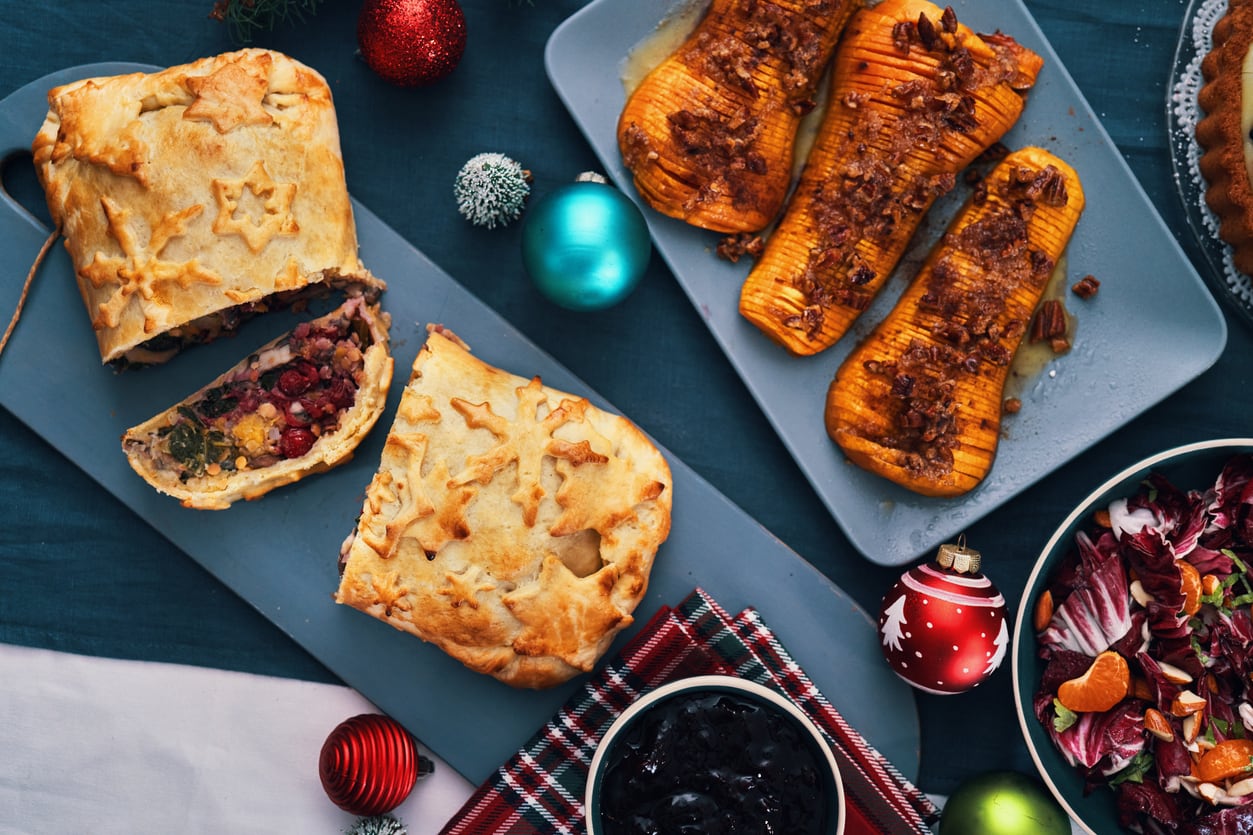“Always remember fat ass,” my wine-tasting tutor told the class many years ago. She wasn’t referring to the size of anyone’s derrière, but how to describe a wine. She argued that if you thought and wrote about each of the following, you would have a complete tasting note. It lacks a few things, such as fizziness, but I have used it as an aide-memoire ever since.
F is for fruit. What kind of fruit does the wine have? Is it ripe, tropical and exuberant or light and subtle? Does it have strong or mild aromas? Can you get toasty nutty notes that suggest oak ageing? Does it last in the mouth or die away quickly?
A is for acidity — does it taste racy, sharp and crisp, making your tastebuds tingle, or is it soft, rounded and gentle?
T is for tannins — found mainly in red wine, this sometimes bitter acid dries the mouth and brings structure. Try a strong cup of cold tea to get a taste tannins.
READ MORE
A is for alcohol. Alcohol warms the palate and carries flavour. Too much can leave a burning sensation at the back of your mouth.
S is for sweetness. Is the wine bone dry, or is it sweet? Does it taste cloying or is it balanced by good acidity?
S is for summation — your opinion. Is the wine balanced and complete? Or are the above components out of kilter? Does it seem too sweet, bland, sharp or acidic? Fruit from a poor vintage can taste green, while overripe grapes can give a baked flavour. Does it lack intensity of flavour? Does the flavour linger after you have swallowed the wine?
Balance means different things in different wines. We expect sauvignon blanc to have high acidity, low alcohol and green or exotic fruits, while a Barossa shiraz often has high alcohol, low acidity and very ripe dark fruits. Either way, everything should come together in perfect harmony to create a great glass of wine.














